Vienna offers so many opportunities to see amazing art and hear classical music that it is hard to choose what to do. Wanting to make the best choices caused me a little anxiety that I would miss something fabulous. Then I realized, of course I will miss something fabulous-we are only in this amazing city for a week.
After accepting we couldn’t see it all, I relaxed and enjoyed our last full day in Vienna seeing more great art and to listening to great music. We visited the Upper Belvedere during the day and the Musikverein in the evening.
Upper Belvedere
Built in the 18th century, the stunning Baroque Belvedere was the summer home for Prince Eugene of Savoy. After he died, Empress Maria Theresa acquired the entire complex and transformed the Upper Belvedere into an exhibition venue for the imperial collections – making it one of the first public museums in the world.
The garden in front of the Upper Belvedere is a beautiful example of late Baroque garden design.
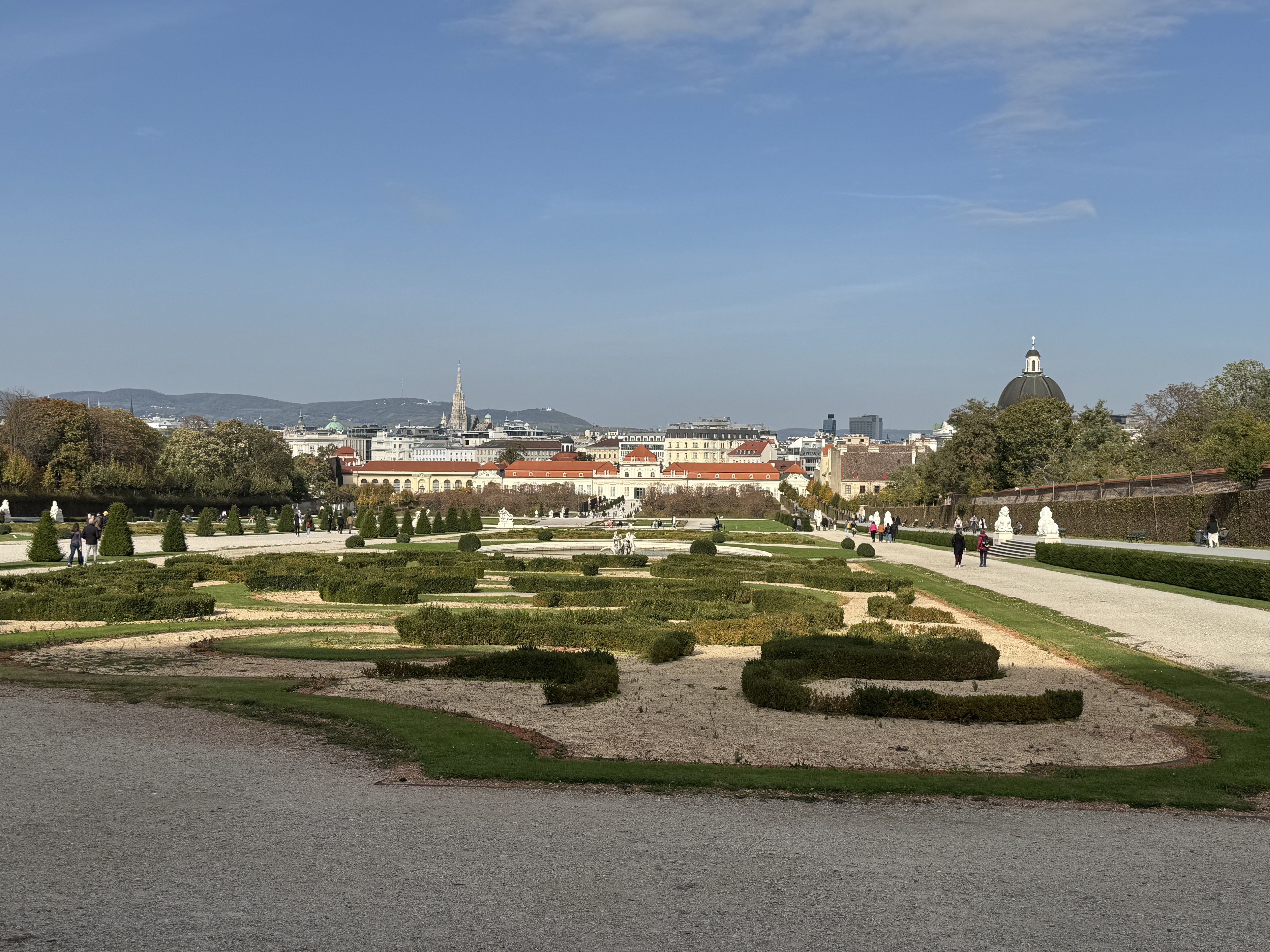
Even though scaffolding covered the entire facade of the Upper Belvedere, it was easy to look out over the garden and imagine it in all its glory.
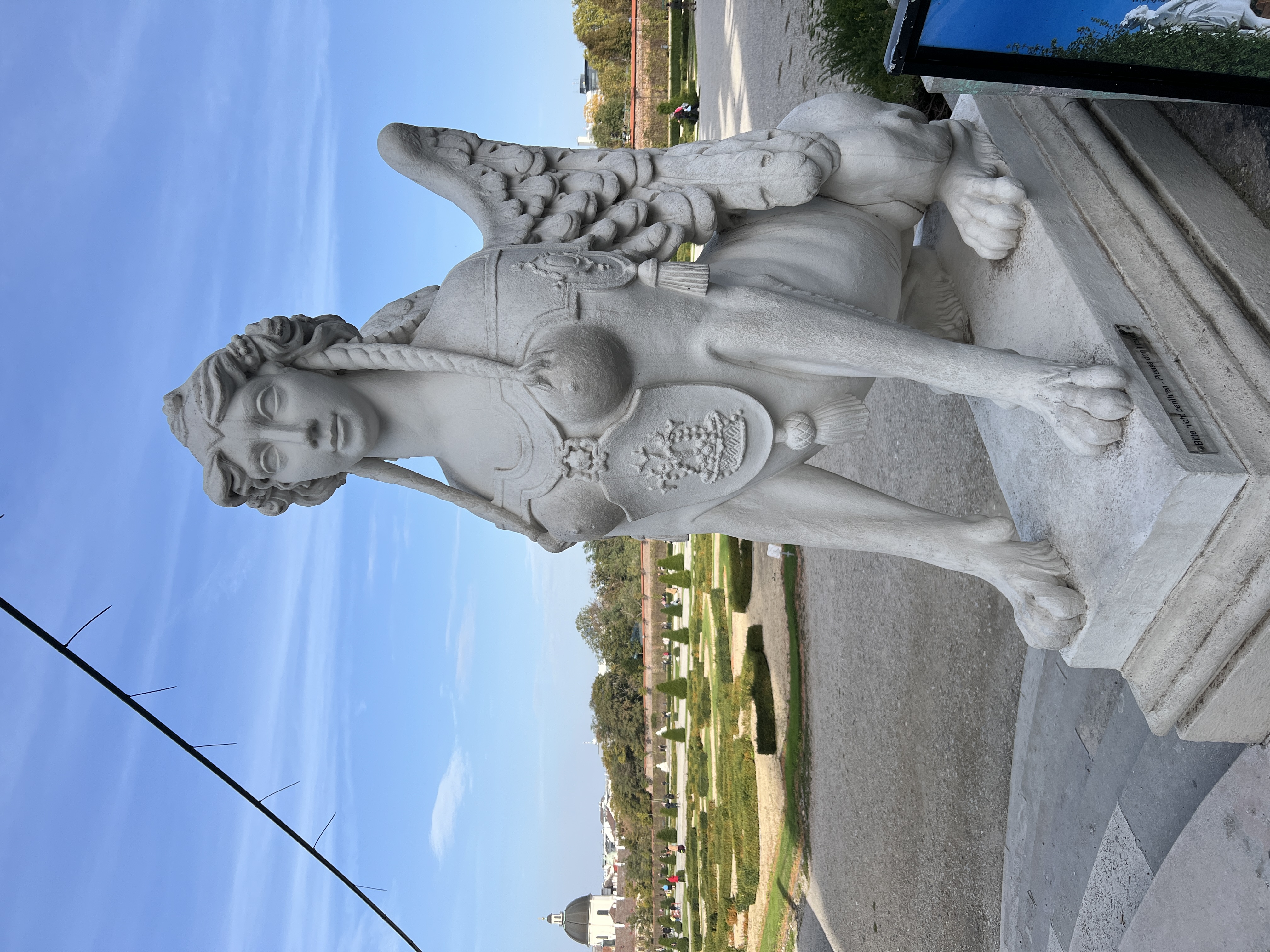
After visiting one beautiful room of art after another, we came to the beautiful Marble Hall. It had been a venue for important historical events. One important event there was the signing of the Austrian State Treaty. Signed on May 15, 1955, it restored state sovereignty of the Republic of Austria. The four allied powers-USA, France, Great Britain and the Soviet Union-attended the signing.

Gustav Klimt’s “The Kiss” and “Judith” are probably the most famous paintings in the museum.
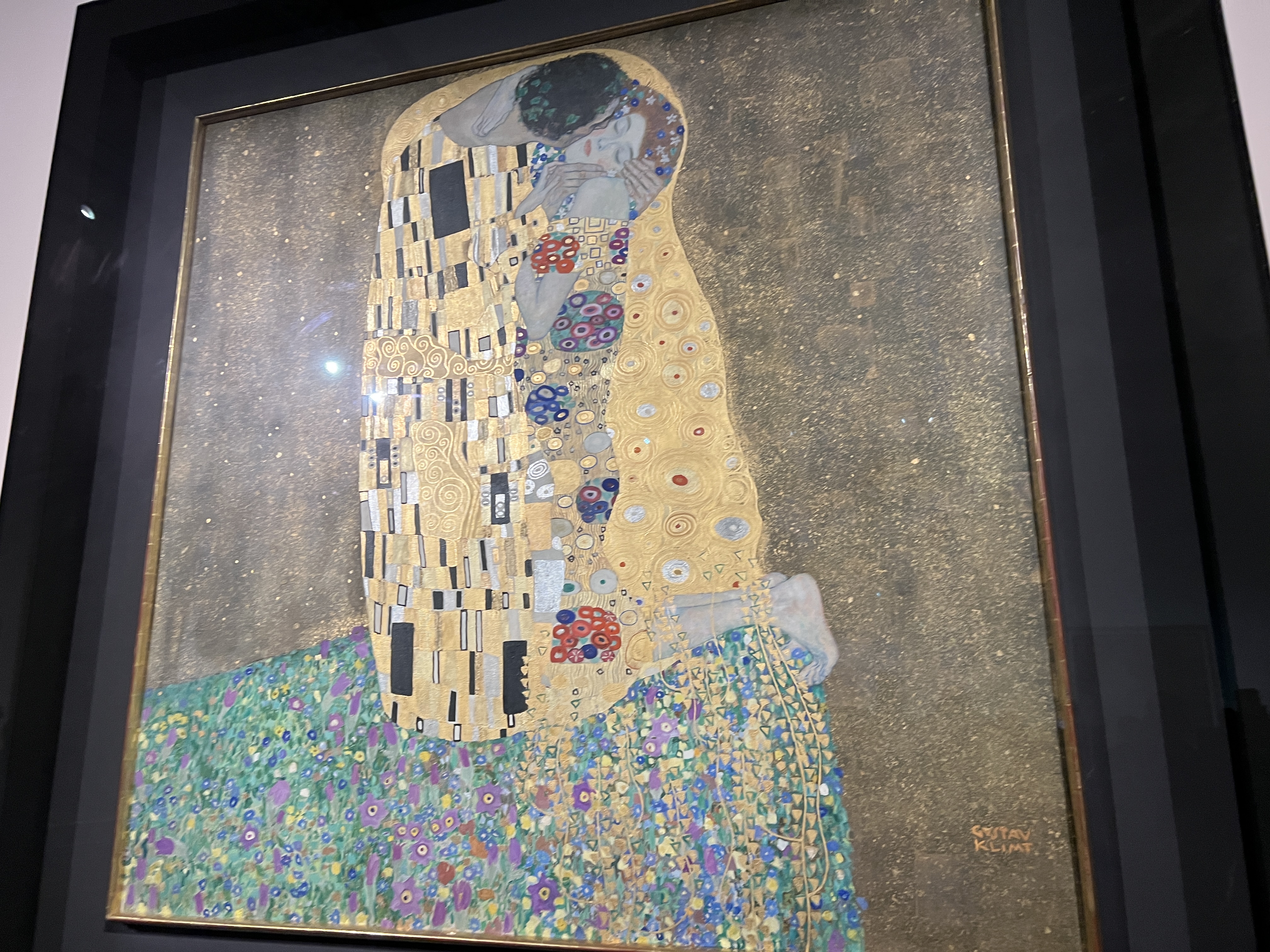
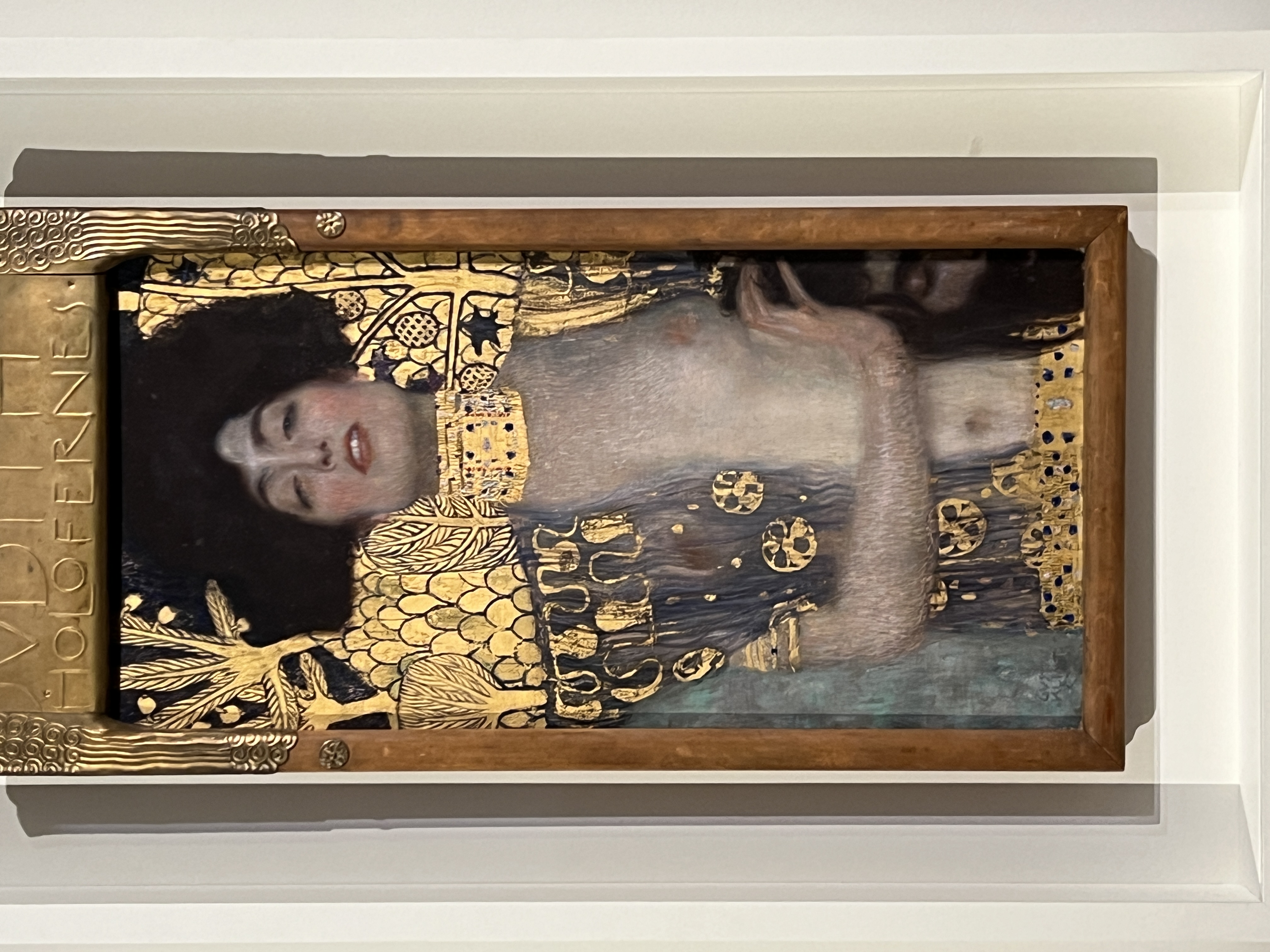
In addition to the Klimt works, there are masterpieces by Schiele and Kokoschka and important works by French Impressionists and the Vienna Biedermeier era. I especially enjoyed seeing the rooms dedicated to women artists and the gallery notes about their contributions.
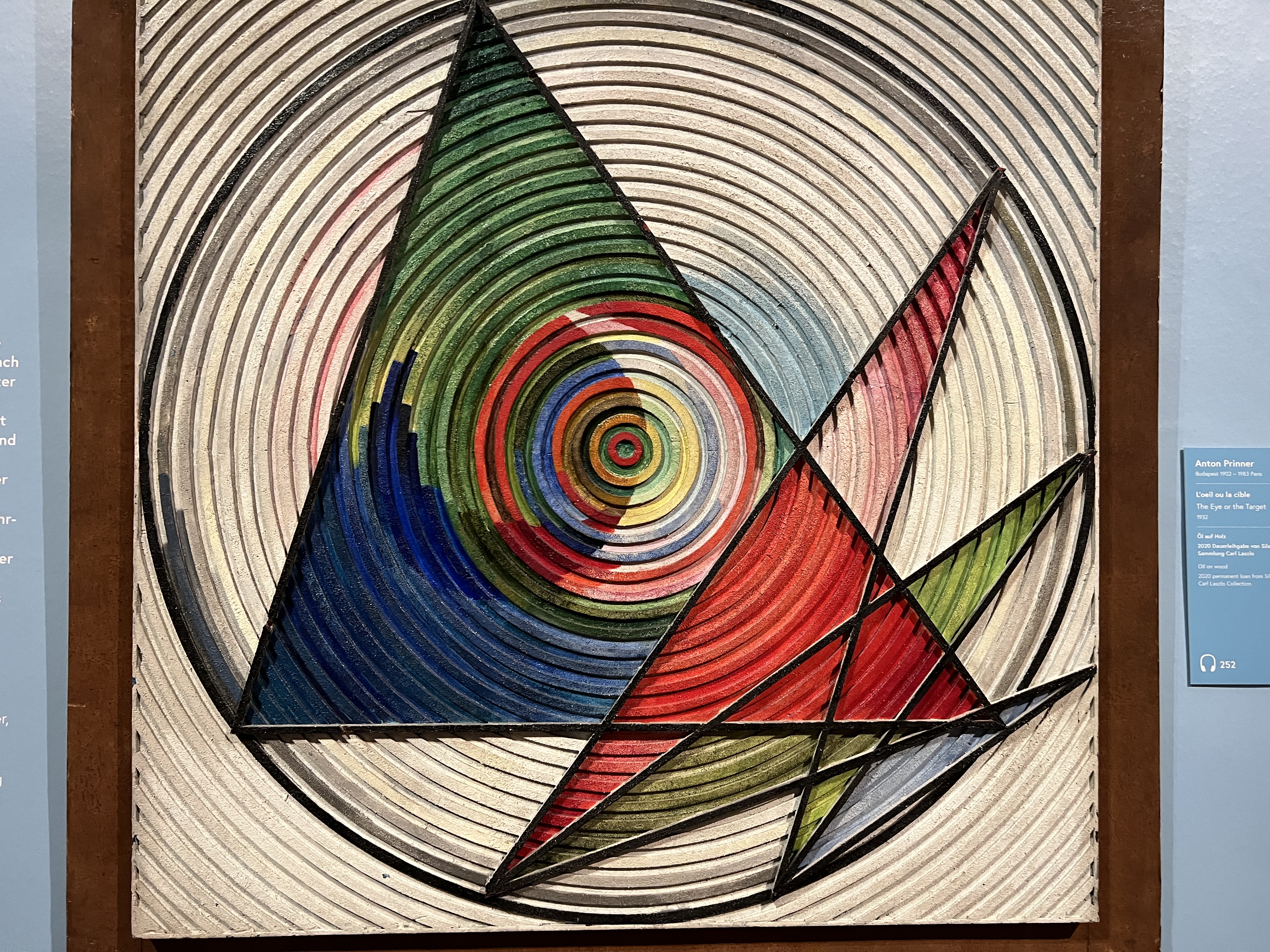
Reading some of the artist stories made me think of the horrors of the Nazi regime. One chilling story was that of Helene von Taussig who came from a respected Jewish family. Although she converted to Catholicism in 1923, she was forced to leave Salzburg in 1940 because of her Jewish origins. In 1942 she was deported and murdered.
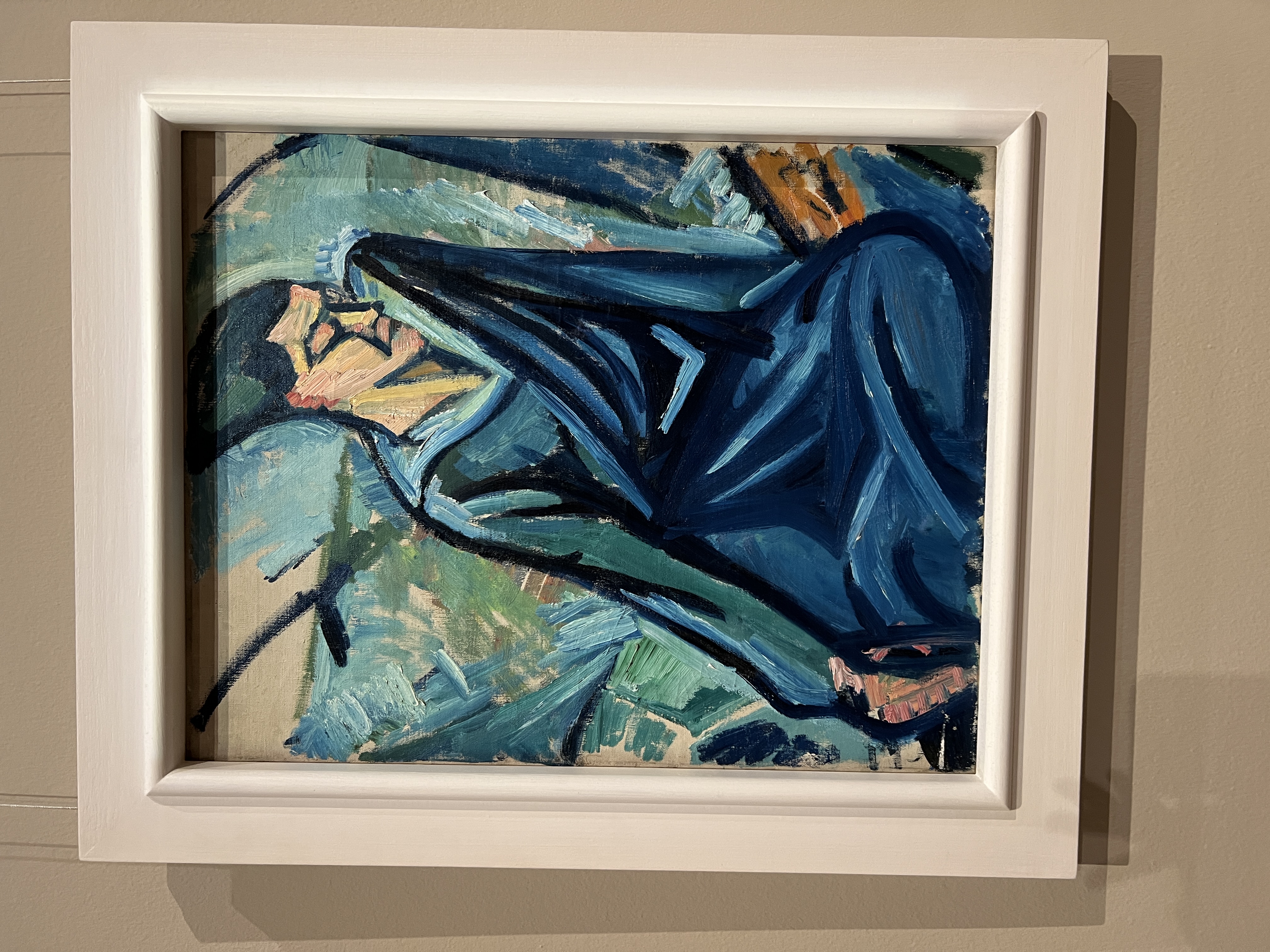
Using the Tram
After our positive metro experience, we decided to try the Vienna Tram system. Once again, Google Maps showed us exactly where to go. We have become huge fans of Vienna’s mass transit system.
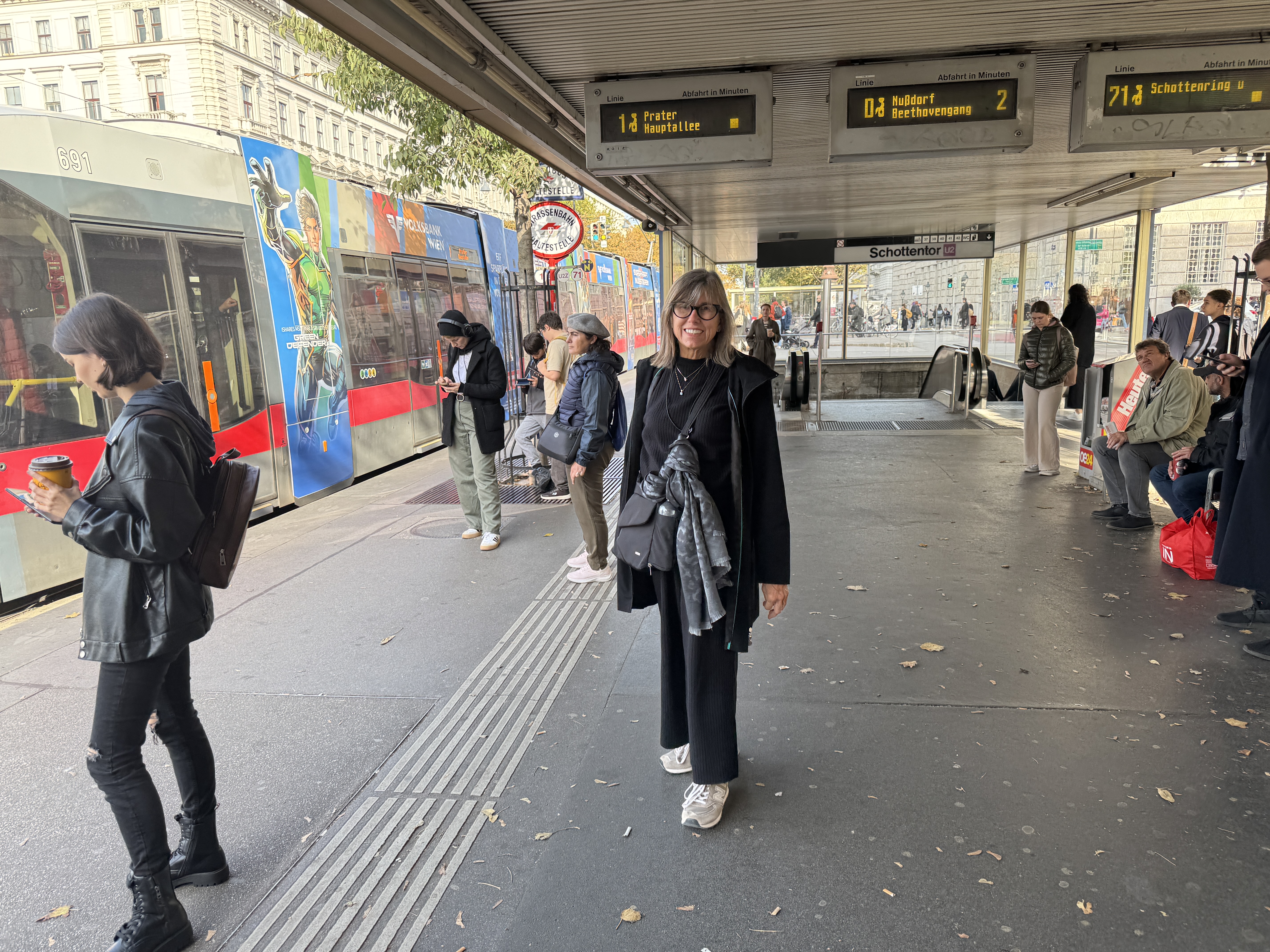
Mozart and More
Like most people, when I think of Vienna, I think of music. The Edinburgh Music Review beautifully sums up why the Vienna music tradition is so strong.
There is no other city in the world that can boast such a music tradition as Vienna. From the Hapsburg Emperor Maximilian I who founded the Vienna Boys Choir in 1498 through to the 20th century, music has always played a pivotal role in the lives of the Viennese. Thanks to a stream of music-loving Hapsburg rulers and wealthy aristocrats, music was widely promoted, composers were encouraged, music instruments were developed and funds were spent on expanding musical centres.
Since a visit to Vienna is not complete with out attending a classical music concert, I was so happy we were able to get tickets to hear the Wiener Mozart Konzerte.
In the evening, we used the wonderful Vienna mass transit system to get to the Musikverein. Famous for its acoustics, it is considered to be one of the three finest concert halls in the world.
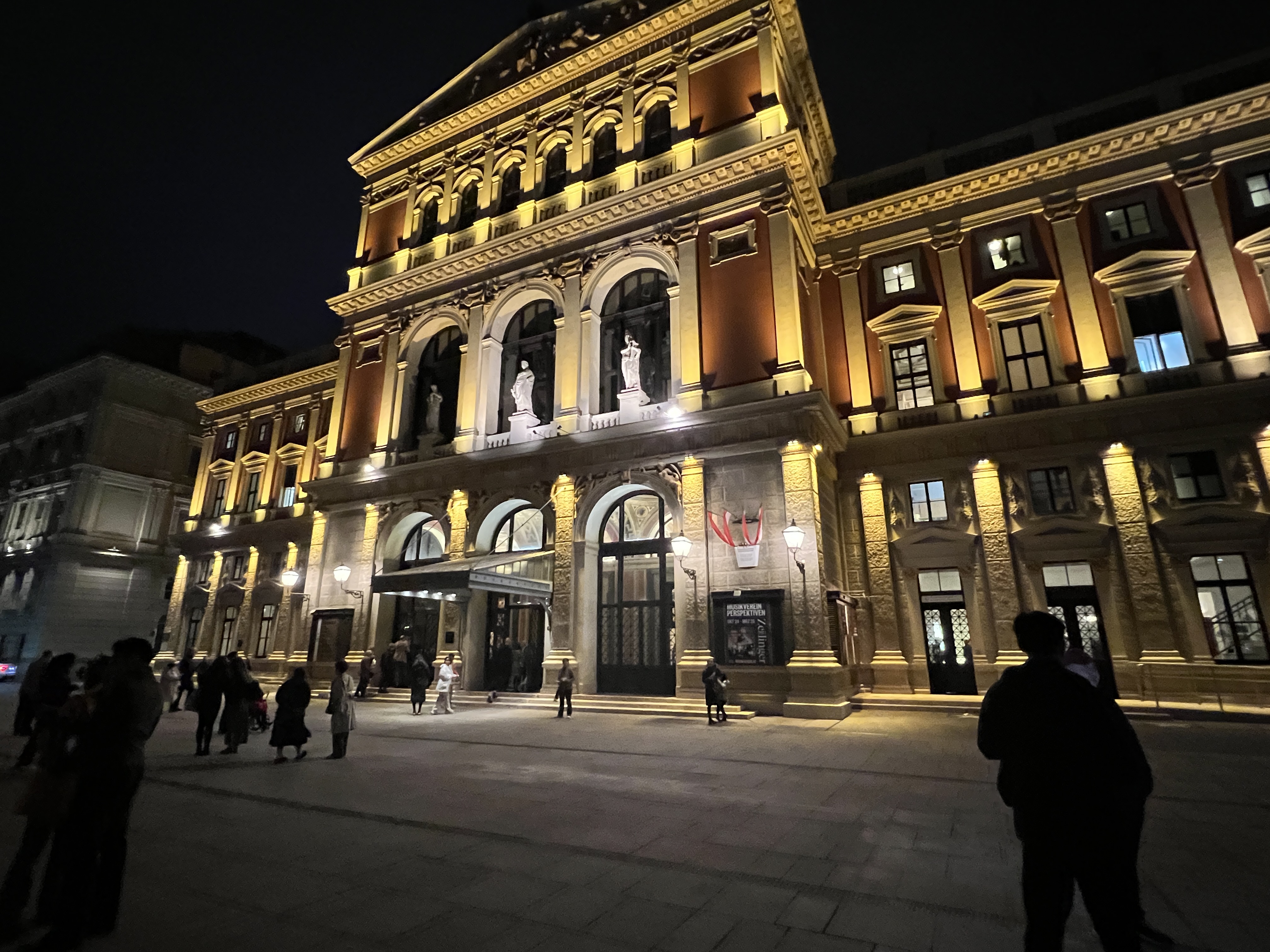
Inside the ornate hall, amazing musicians and opera singers performed works by Mozart, Haydn, and Strauss. Dressed in historical costumes, the musicians made me feel like I was living in a different time.
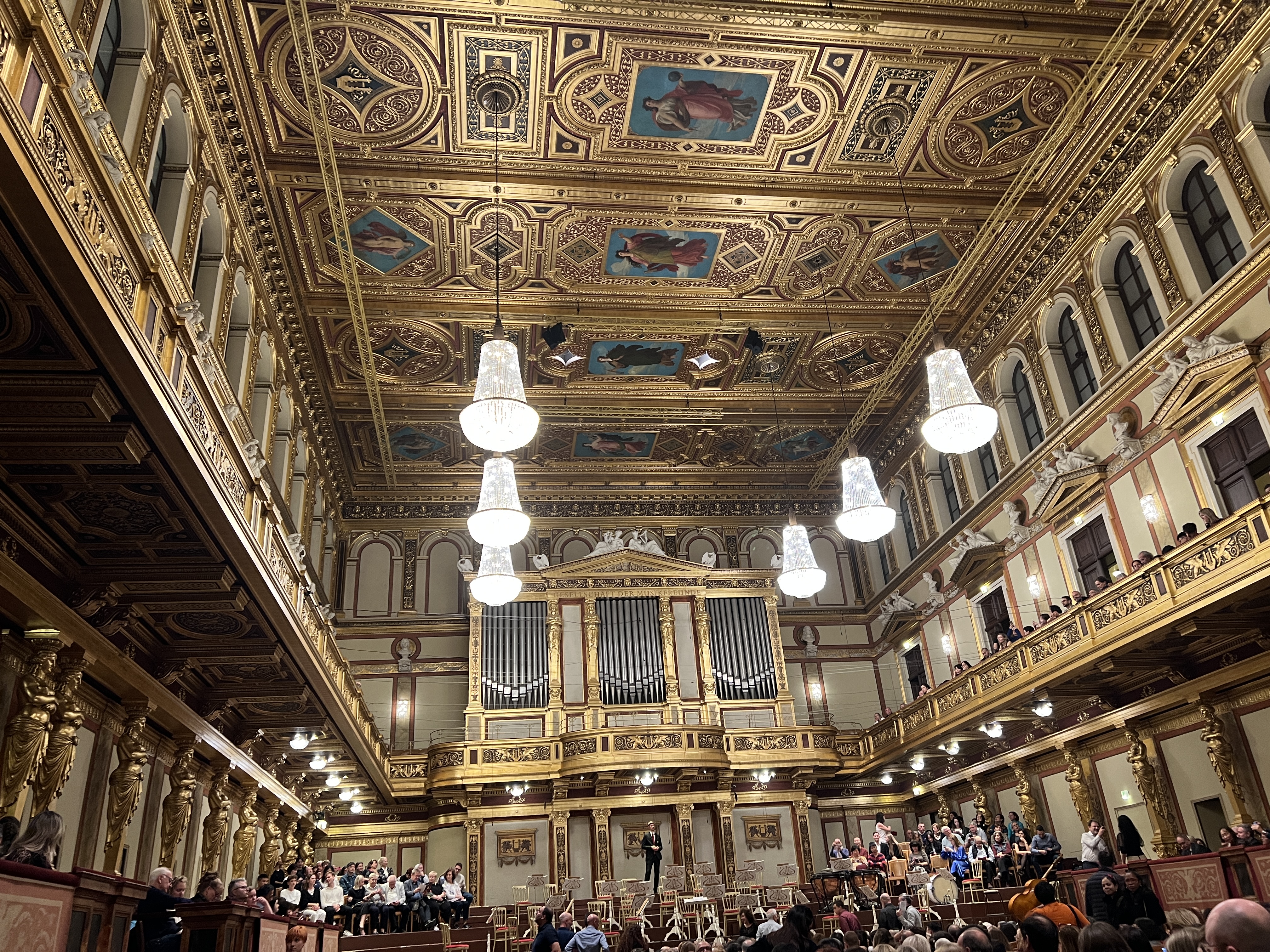
Thanks to the beautiful concert, we definitely ended our week in Vienna on a high note.
